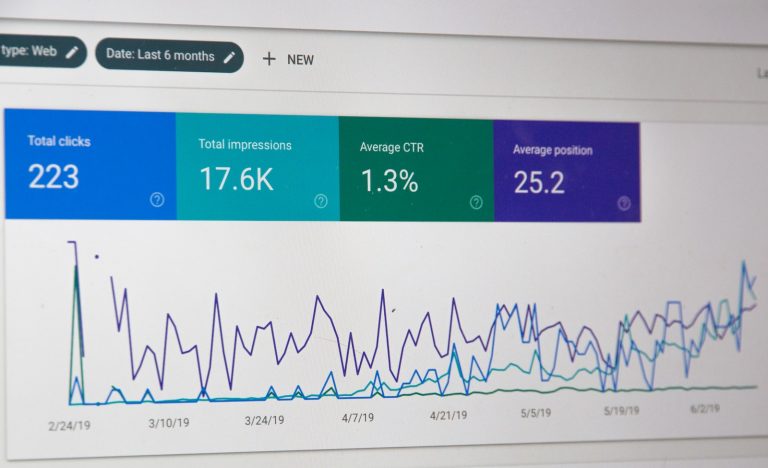The advent of the internet has revolutionized the way we shop and conduct business. E-commerce and online marketplaces have experienced tremendous growth over the past decade, and their future looks even more promising. In this article, we will explore the key trends shaping the future of e-commerce and online marketplaces, as well as the opportunities they present for businesses and consumers alike.
1. Mobile Commerce:
Mobile commerce, or m-commerce, is one of the fastest-growing segments of e-commerce. With the widespread adoption of smartphones and tablets, consumers are increasingly using mobile devices to browse, research, and make purchases. The future of e-commerce lies in optimizing the online shopping experience for mobile users, including responsive design, mobile-friendly payment options, and personalized recommendations based on location and preferences.
2. Artificial Intelligence and Machine Learning:
Artificial Intelligence (AI) and Machine Learning (ML) are transforming the e-commerce landscape. AI-powered chatbots and virtual assistants are becoming increasingly popular for customer support and personalized recommendations. ML algorithms are being used to analyze customer data and behavior, enabling businesses to deliver targeted marketing campaigns and personalized shopping experiences. The future will see further advancements in AI and ML, leading to more sophisticated and personalized e-commerce experiences.
3. Voice Commerce:
Voice assistants such as Amazon’s Alexa, Google Assistant, and Apple’s Siri have gained significant popularity in recent years. Voice commerce is expected to be the next big trend in e-commerce. Consumers can use voice commands to search for products, place orders, and make payments. As voice recognition technology improves, businesses will need to optimize their online platforms to support voice-based interactions, including voice search optimization and voice-activated shopping experiences.
4. Augmented Reality and Virtual Reality:
Augmented Reality (AR) and Virtual Reality (VR) technologies are transforming the way consumers shop online. AR allows customers to visualize products in real-world environments before making a purchase, enhancing the online shopping experience. VR provides immersive experiences, such as virtual store visits or virtual product demonstrations. The future of e-commerce will see wider adoption of AR and VR technologies, enabling customers to make more informed purchasing decisions and enhancing their overall shopping experience.
5. Personalization and Customization:
Personalization has become a key driver of e-commerce success. Online marketplaces are leveraging customer data to deliver personalized product recommendations, offers, and shopping experiences. The future of e-commerce lies in tailoring the online shopping journey to individual customers, including personalized product displays, customized pricing, and targeted promotions. Customization, where customers can personalize products according to their preferences, is also gaining traction and will continue to be a significant trend in the future.
6. Social Commerce:
Social media platforms have become powerful marketing and selling tools for businesses. Social commerce integrates social media and e-commerce, allowing customers to discover, share, and purchase products directly within social media platforms. The future of e-commerce will see increased integration between online marketplaces and social media platforms, enabling businesses to leverage social networks for product discovery, customer engagement, and social selling.
7. Cross-Border E-commerce:
Cross-border e-commerce is on the rise, fueled by advancements in logistics, payment systems, and increased consumer trust in international online shopping. The future of e-commerce will see further growth in cross-border trade, with businesses expanding their reach to global markets. This presents significant opportunities for businesses to tap into new customer segments and diversify their revenue streams.
Bottom Line:
The future of e-commerce and online marketplaces is promising, with several key trends shaping the industry. Mobile commerce, AI and ML, voice commerce, AR and VR, personalization and customization, social commerce, and cross-border e-commerce are all driving the evolution of e-commerce. Businesses that embrace these trends and adapt their strategies accordingly will be well-positioned to thrive in the digital marketplace. Consumers, on the other hand, can look forward to more personalized, seamless, and immersive online shopping experiences. As technology continues to advance, the possibilities for e-commerce and online marketplaces are endless, and the future looks bright for this rapidly growing industry.




